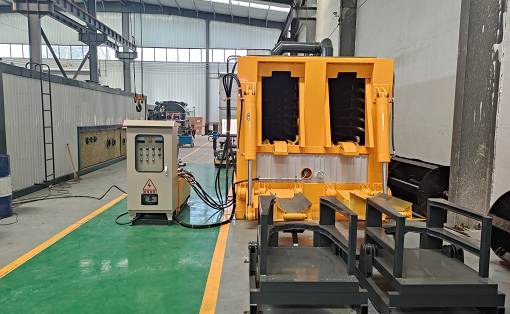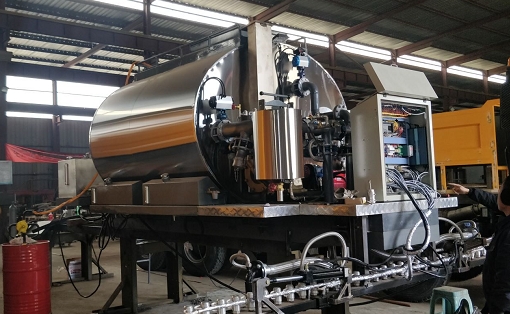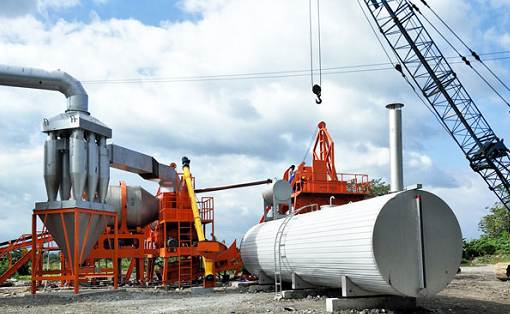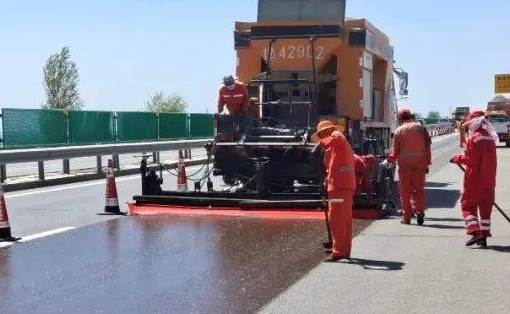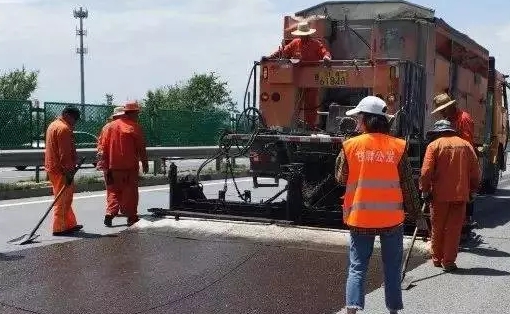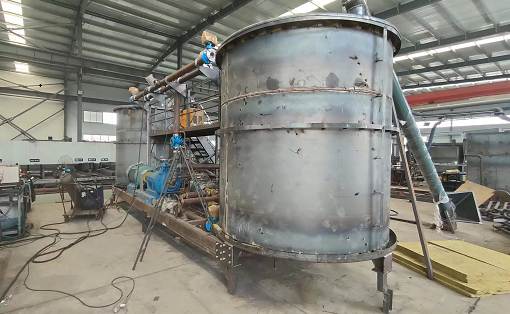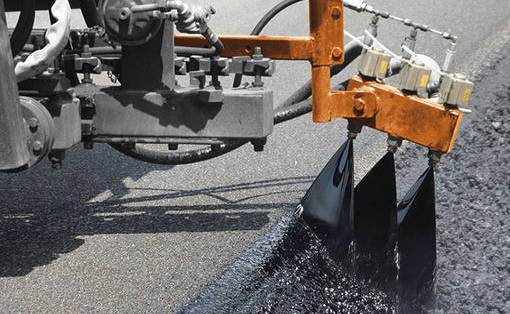Main uses of asphalt spreader vehicles
Asphalt spreader vehicle is an intelligent and automated high-tech product that specializes in spreading emulsified asphalt, diluted asphalt, hot asphalt, high-viscosity modified asphalt, etc.
Asphalt spreader is used for spreading the penetration oil, waterproof layer, and bonding layer of the bottom layer of the asphalt pavement of high-grade highways. The spreader consists of a car chassis, an asphalt tank, an asphalt pumping and spraying system, a thermal oil heating system, a hydraulic system, an ignition system, a control system, a pneumatic system, and an operating platform.
Asphalt spreader is cumbersome to operate. On the basis of absorbing various technologies of similar products at home and abroad, it increases the quality technology content of construction and the humanized design of outstanding improvement of construction conditions and construction environment. Its reasonable and reliable design ensures the uniformity of asphalt spreading, the computer control is stable and reliable, and the technical performance of the whole vehicle has reached an advanced level.
Asphalt spreader vehicle is an intelligent and automated high-tech product that specializes in spreading emulsified asphalt, diluted asphalt, hot asphalt, high-viscosity modified asphalt, etc.
Asphalt spreader vehicle is used for spreading the penetration oil, waterproof layer, and bonding layer of the bottom layer of the asphalt pavement of high-grade highways. The spreader consists of a car chassis, an asphalt tank, an asphalt pumping and spraying system, a thermal oil heating system, a hydraulic system, an ignition system, a control system, a pneumatic system, and an operating platform.
Asphalt spreader is cumbersome to operate. On the basis of absorbing various technologies of similar products at home and abroad, it increases the quality technology content of construction and the humanized design of outstanding improvement of construction conditions and construction environment. Its reasonable and reliable design ensures the uniformity of asphalt spreading, the computer control is stable and reliable, and the technical performance of the whole vehicle has reached an advanced level.







